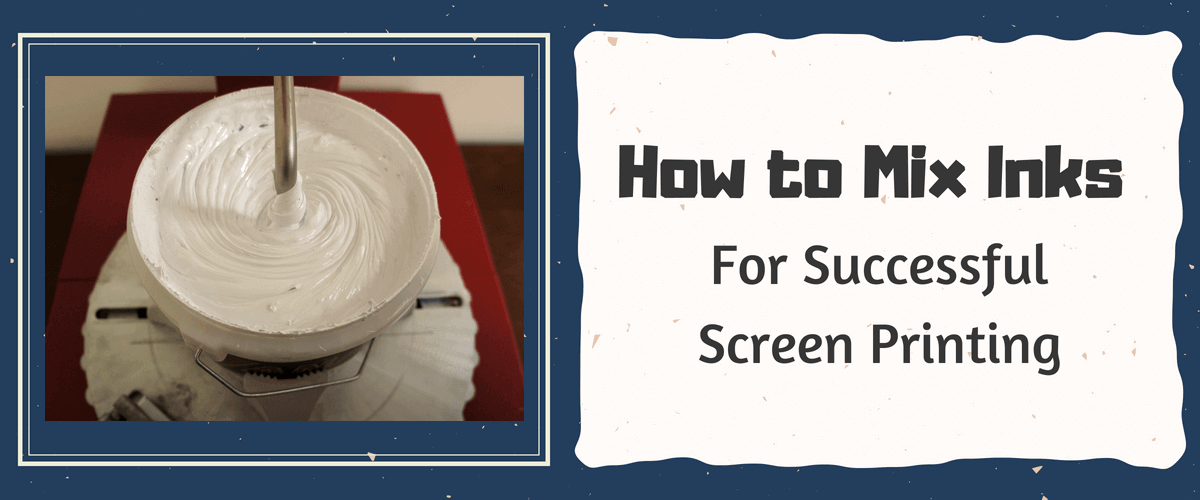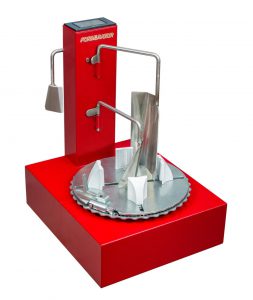

Революция в индустрии трафаретной печати благодаря передовым технологиям и качественному обслуживанию
Anatol Equipment Manufacturing Co.
1429 S Shields Dr
Waukegan, IL 60085


Революция в индустрии трафаретной печати благодаря передовым технологиям и качественному обслуживанию
Anatol Equipment Manufacturing Co.
1429 S Shields Dr
Waukegan, IL 60085

A high quality screen printing run depends on ink with the right color and the right consistency. Here are some tips for achieving that!
Mixing inks can be one of the most stressful parts of screen printing. It involves trying to get the right ink color, texture and final effect. You can reduce the stress of ink mixing, and set yourself up for a successful screen printing run, by making some changes to your ink mixing process and ink mixing station.
As you plan out a project with your customer, you should be having a detailed discussion about inks and about your customer’s expectations. Know whether they are looking for an exact Pantone color match, or if they’re satisfied with a general shade of the colors they’ve chosen for their print. Know whether they expect a glossy or matte finish or if they’re looking for a special effect.Make sure you express any ink limitations for your customers; for example, if they have chosen water-based inks, make sure they are aware that the colors may take a more faded look and that exact color matching can be difficult.
A clean, organized shop is always part of the recipe for a successful screen printing run, and cleanliness and organization are especially important in your ink mixing area. Make sure you have enough space for mixing inks. Many printers like to mix ink on a metal or glass surface, and some will lay a piece of glass over a white surface so they’re able to see the true color of ink they’re mixing. Your ink mixing station should have plenty of unlined mixing containers and mixing sticks on hand so you’re not wasting time searching for mixing tools. Clean the area as soon as you’re done mixing to cut back on the risk of contamination during future ink prep.
One of the keys to ink mixing success is weighing your inks with an accurate scale. Many color matching systems will give color formulas that use the weights of inks. Using a scale with accurate resolution down to one-hundredth of a gram will help to ensure that you’re mixing the right combination of inks every time. Even if you’re mixing your own color formulations, doing so by weight can allow you to record your formula so you can recreate the exact same color again in case your customer requests or you require a similar color for a future print job. In fact, accurately mixing the same color can be next to impossible without an accurate scale. When it’s time to weigh your inks, be sure you zero your scale and that the scale is on a flat, hard surface.
Anatol’s heavy duty Formulator ink mixer will take the
work out of getting your inks to the perfect consistency.

Mixing inks by hand can be tedious, and it can be difficult to thoroughly mix inks by hand to avoid streaks of colors or pockets of additive. If you’re mixing large volumes of ink, mixing by hand can be next to impossible. Investing in an ink mixer can make mixing faster and ensure that every batch of ink has been thoroughly mixed for an even color and texture. Even if you don’t do a lot of color mixing or use a lot of additives, an ink mixer can be a valuable time-saving tool in your shop, as even inks that come “ready to print” usually require a good mixing to improve the texture and properly prepare the ink for the press.
Mixing ink can be a dreaded, messy and frustrating job in any print shop. By preparing your ink mixing station, using the right tools and following some ink mixing best practices, you can mix your inks for a successful screen printing run every time.
Your message was successfully sent!